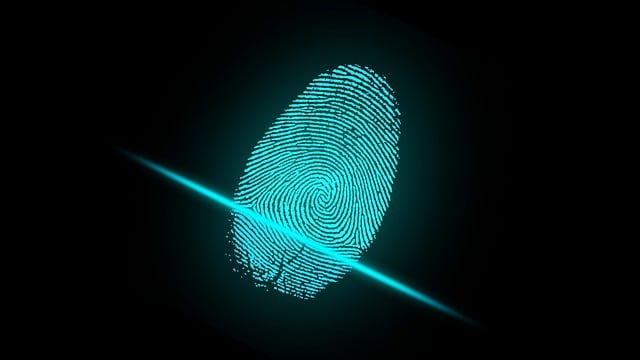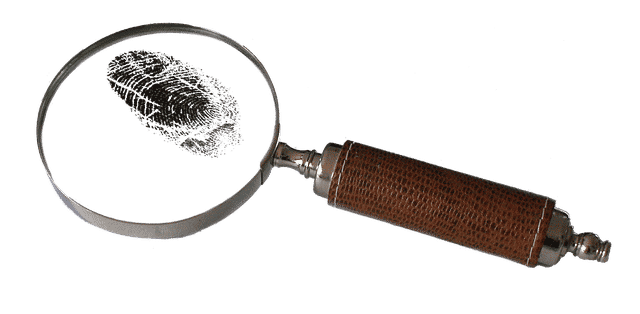
Fingerprinting is dedicated to the study of fingerprints.
Fingerprinting , a term that can also be emphasized in the second I ( dactyloscopy ), is the discipline dedicated to the analysis of fingerprints . Its techniques allow individuals to be identified.
According to experts, fingerprinting is among the most reliable procedures for identifying a human being . This is due to the characteristics of fingerprints , which are the impressions left by the tip of a finger on an item when touched.
The importance of fingerprinting
The drawing of the fingertips arises in intrauterine life and is distinctive to each individual. These lines are immutable and only begin to disappear with post-mortem putrefaction. Certain deep injuries can alter the drawings, although scars are also identification elements.
Given these particularities, the State is responsible for registering citizens' fingerprints to enable their identification. In this context, fingerprinting becomes important, which allows obtaining, recording, classifying and recognizing people's fingerprints.
For many years, the most common method of obtaining a fingerprint was by impregnating a finger with a coloring substance and then pressing the fingertip onto paper or cardboard. Currently, fingerprinting uses digital tools to capture, print and store the drawing .

Fingerprinting makes it possible to identify people.
A branch of lophoscopy
Fingerprinting is a branch of lophoscopy (also known as lophoscopy or papilloscopy within the field of criminology , and as dermatoglyphia in zoology and medicine), a science that is responsible for the study of the designs that form the papillary ridges, which are They are located on the surface of the skin of the parts of the body that we use to perceive tactile stimuli, to exercise the prehensile function and for locomotion.
This discipline is the most popular and used in investigations belonging to criminology , which consists of the analysis of a series of clues in order to solve a crime; that is, to find the greatest amount of data about the perpetrators, the victims, the motivations and the potential consequences.
Broadly speaking, we can differentiate three periods in the history of fingerprinting: the prehistoric period , according to certain drawings found in very ancient caves; the empirical , with endless digital impressions of the Greeks and Romans that can be seen in documents used at the time to identify people; the scientific , when human beings began to apply scientific knowledge and laboratory instruments in this area.
Fingerprinting and the Automated Fingerprint Identification System
The Automated Fingerprint Identification System (known by the acronym AFIS ) is a fingerprint resource used to compare and recognize fingerprints. This computer file collects the fingerprints of people with criminal records: if investigators working at a crime scene manage to collect some fingerprints, they can send the information to AFIS and compare it with the data already recorded. This could allow the identification of the criminal.
As mentioned above, the use of computer systems to capture, store and compare citizens' fingerprints has left behind "manual" methods . One of the greatest advantages they offer to security forces is a considerable increase in speed when comparing a fingerprint with all those present in the database.
As if this were not enough, police departments can currently request access to databases from anywhere in the world if the investigation requires it, as occurs when the criminal is suspected of coming from a foreign country. Of course, in practice, bureaucracy and laws make this process much less immediate than it seems in theory.
